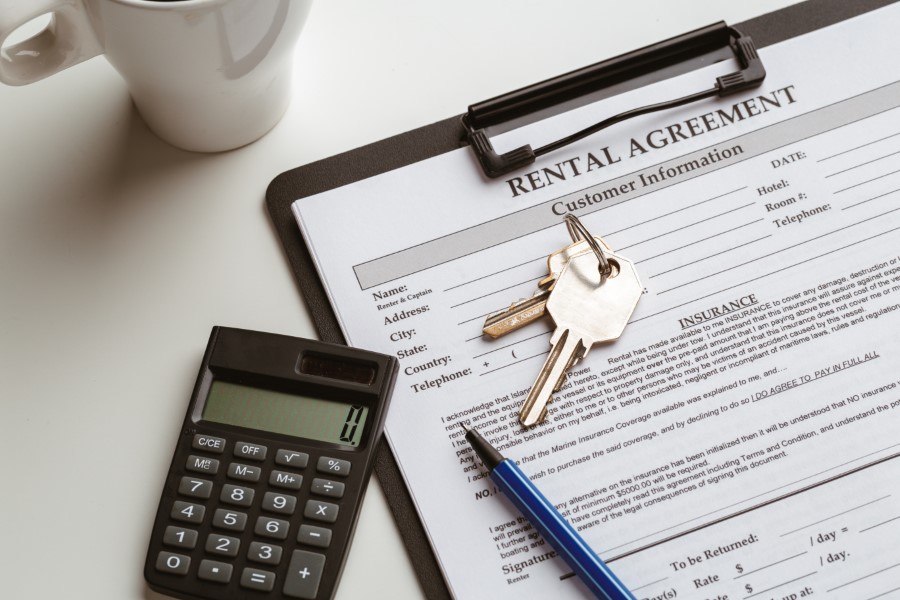How to Remove Mold from Fabric: Working Methods – All Tested

When fabrics such as clothes and linen are left for long periods of time in damp places, mould growth occurs, leading to mold appearing in them. The bad news is that in addition to the surface, mold sticks deep into Read More …






